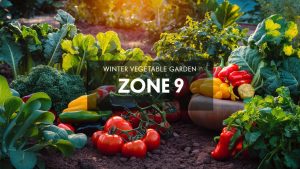Depending on your geographical location, you may have the opportunity to plant various vegetables, flowers, herbs, and landscape plants that can flourish as summer gives way to autumn. In this extensive guide, we will explore ten plants from each category that can be planted at the end of August, based on temperature tolerance and optimal growing conditions for each USDA zone.
Vegetables To Plant
Kale
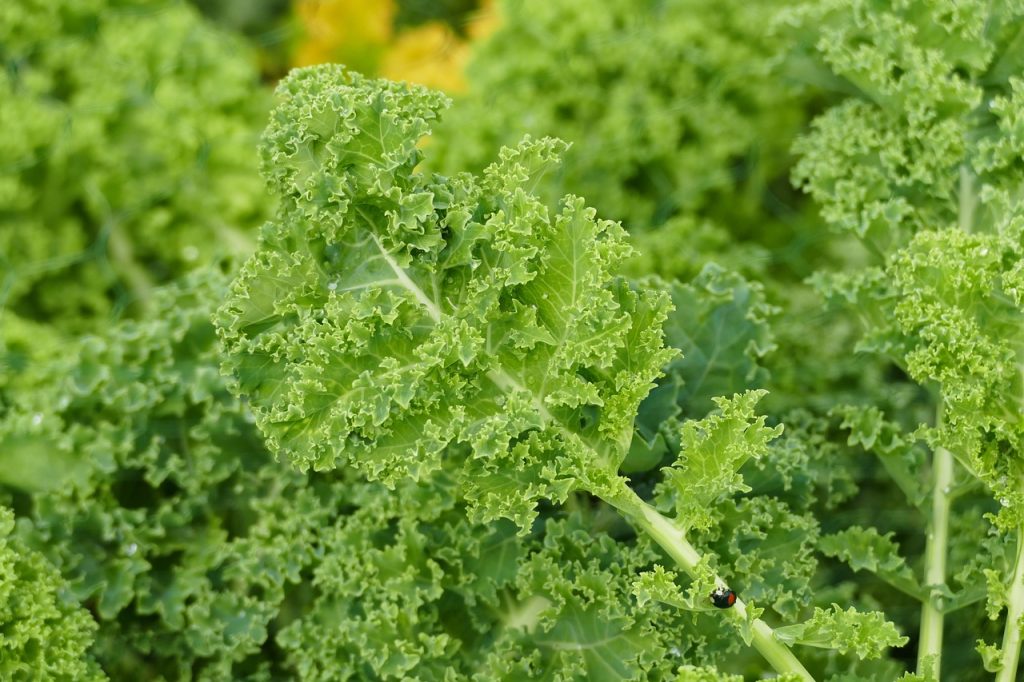
Kale is a versatile leafy green that thrives in cooler weather, making the end of August an ideal time to plant it, particularly in USDA Zones 6-9. With a temperature tolerance of 20°F to 75°F, kale is resilient against frost and can even develop a sweeter flavor once exposed to cold temperatures. When planting kale, consider spacing the seedlings about 12 inches apart in a well-drained soil enriched with organic matter.
Spinach
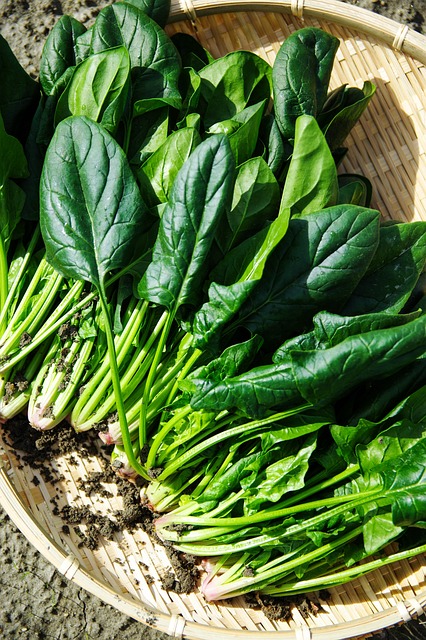
Spinach is another cool-weather champion, perfect for August planting in USDA Zones 3-9. This leafy green has a rapid growth cycle and can tolerate temperatures as low as 20°F. Sow seeds directly in well-tilled soil, ensuring proper spacing of 1 to 2 inches apart. For areas with milder winters, spinach might even survive into winter, providing an extended harvest season.
Broccoli
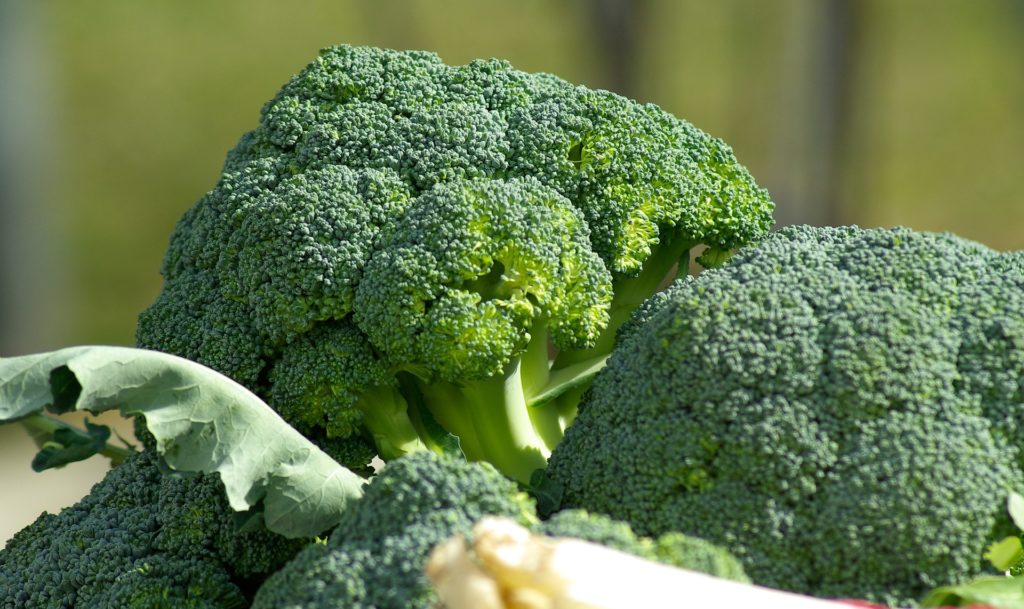
Broccoli is a cruciferous vegetable that performs best in cooler temperatures, making it suitable for planting near the end of August in USDA Zones 3-9. This vegetable prefers temperatures between 60°F to 70°F and can withstand light frosts. Start seeds indoors four to six weeks before the last frost or plant them directly outside, spacing them about 18 inches apart.
Carrots
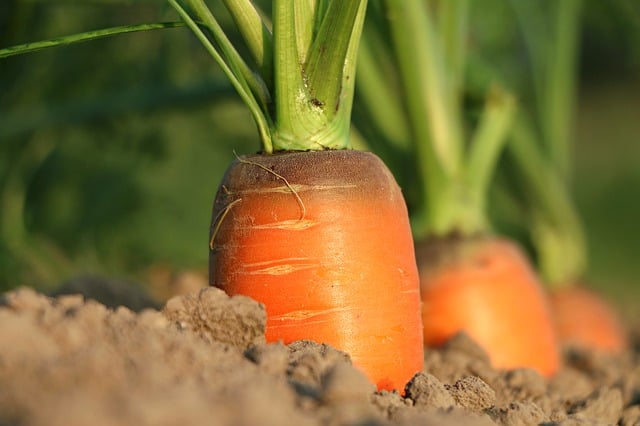
Carrots can be sown in the ground at the end of August, particularly in USDA Zones 3-8. They are remarkably cold-hardy and can survive temperatures as low as 20°F. Carrots prefer well-drained, sandy soil that allows their roots to grow deep. Directly sow carrot seeds in rows, approximately 12 inches apart, and thin seedlings after germination to 2-4 inches apart for optimal growth.
Beets
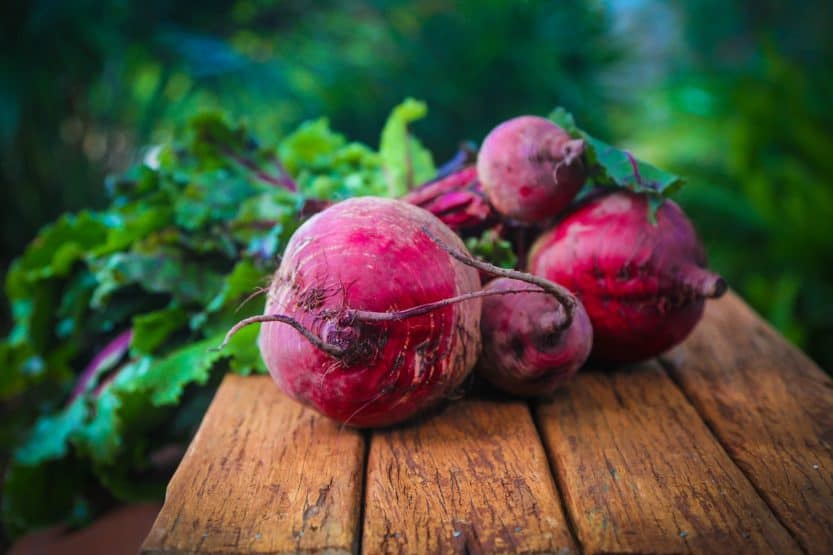
Beets are an excellent choice for planting at the end of August due to their capability to thrive in the cooler conditions of fall. Suitable for USDA Zones 3-10, they can withstand temperatures down to 25°F. Sow seeds in well-drained soil, around 1 inch deep and 1 to 2 inches apart. With a growth cycle of about 7 to 8 weeks, beets can be flavorful additions to your fall meals.
Radishes
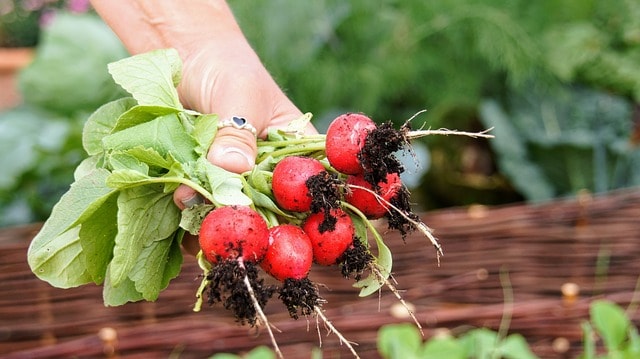
Radishes grow rapidly and are well-suited for late summer planting in USDA Zones 2-10. They can tolerate a range of temperatures, down to about 30°F, making them resilient enough for fall gardens. Sow radish seeds directly into the garden about ½ inch deep and 1 inch apart. Expect to harvest them within three to four weeks after planting, offering a quick reward for your late-season efforts.
Swiss Chard
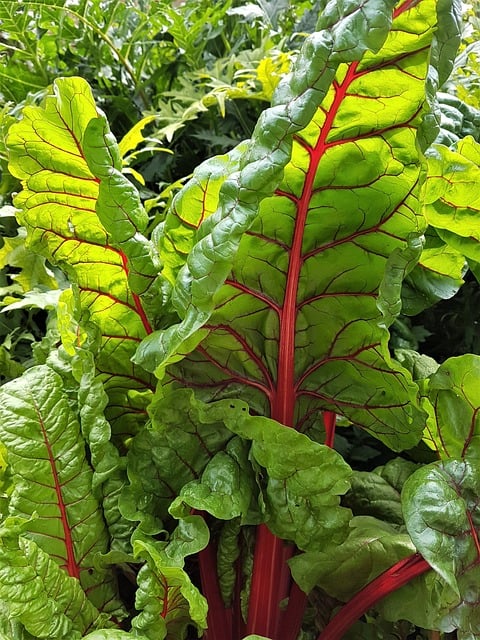
Swiss chard is a hardy green that can be planted until the end of August, making it suitable for USDA Zones 4-9. It thrives in temperatures between 50°F to 75°F and can survive light frosts. Space the seeds about 2 inches apart in well-drained soil. Chard is not only nutritious but also adds beautiful color to your garden with its vibrant stems.
Fava Beans
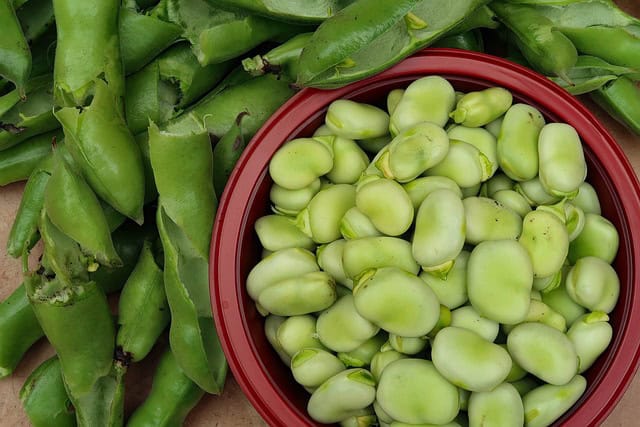
Fava beans thrive in cooler temperatures, making them ideal for planting in USDA Zones 5-8 by late August. They can survive spring frosts and prefer temperatures between 60°F to 70°F. Plant the seeds about 2 inches deep and 6 inches apart in well-drained soil. Fava beans improve soil health by fixing nitrogen, making them beneficial for crop rotation.
Mustard Greens
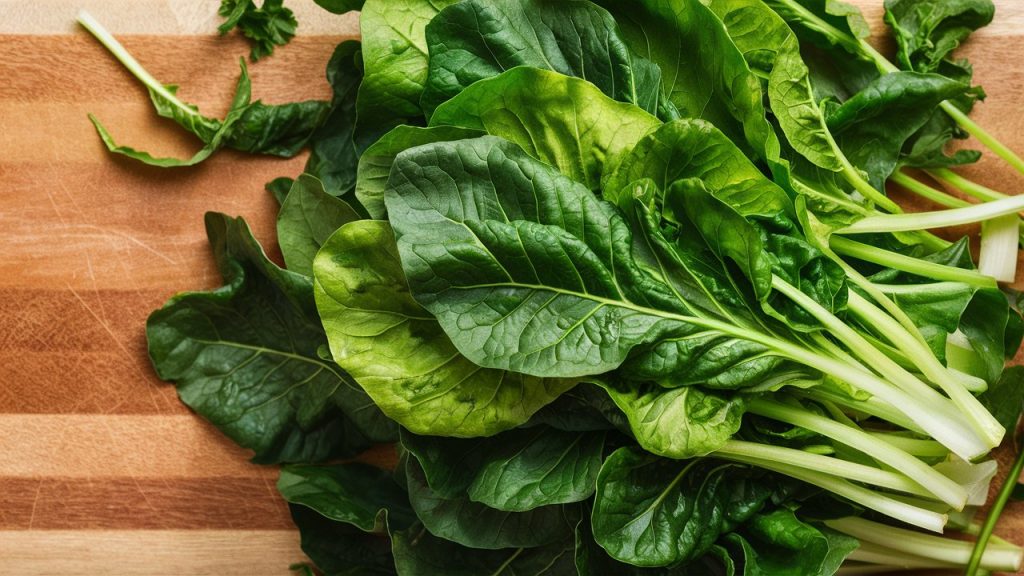
Mustard greens can tolerate colder temperatures, making them perfect for planting at the end of August in USDA Zones 5-9. They can withstand temperatures down to 30°F and grow rapidly in cooler conditions. Space seeds about 1 inch apart in rich, well-drained soil. The peppery flavor of mustard greens provides a zesty addition to salads and stir-fries.
Turnips
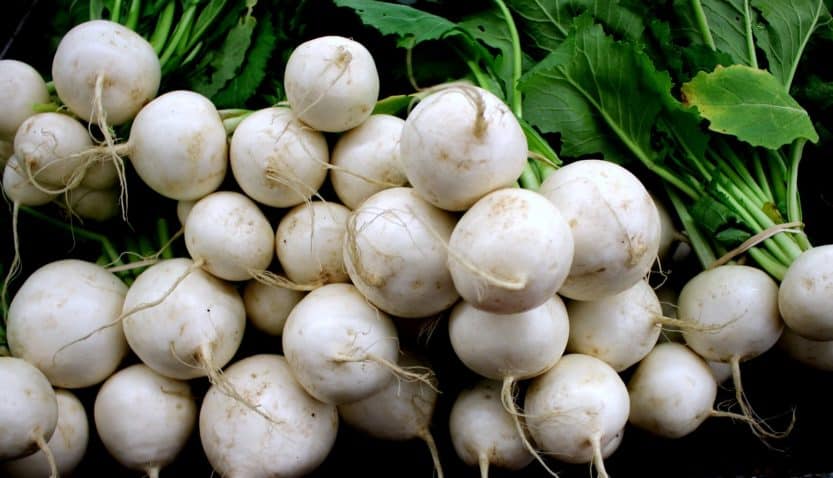
Turnips are another excellent candidate for an August planting in USDA Zones 3-9. They thrive in cooler weather and can handle light frosts. Ideal growing temperatures range from 50°F to 70°F. Sow directly into loose, well-drained soil about 1 inch deep and 2-4 inches apart. The young greens can be harvested for salads, while the roots can be enjoyed in soups and stews.
Flowers To Plant
Pansies
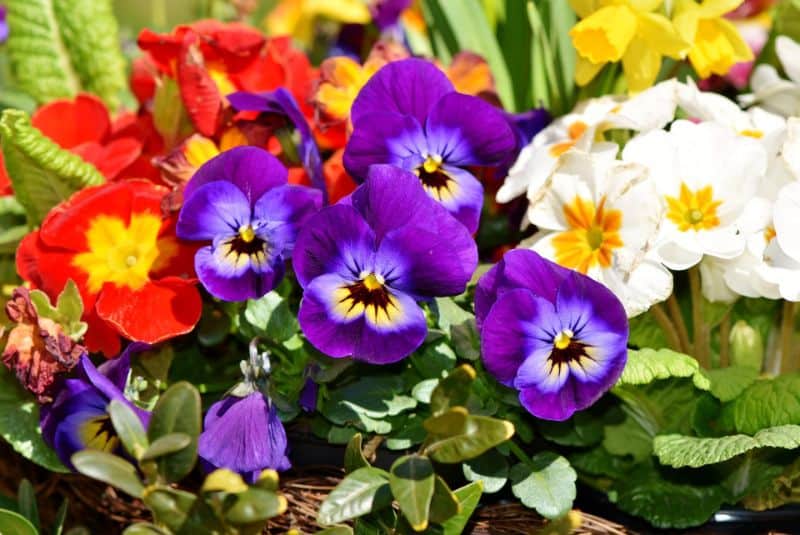
Pansies are favored for their colorful blooms and cold tolerance, making them an ideal choice for planting late in August, especially in USDA Zones 3-9. These flowers thrive in cooler temperatures and can withstand frosts. They should be spaced approximately 6 to 12 inches apart in well-drained soil, providing a stunning display throughout autumn.
Chrysanthemums

Also known as mums, chrysanthemums are perfect for planting in August, especially in USDA Zones 5-9. They thrive in temperatures between 60°F to 70°F. Plant mums in well-drained soil with adequate sunlight. Given their resilience, they can bloom late into the fall, adding vibrant colors to your garden as other plants start to fade.
Asters
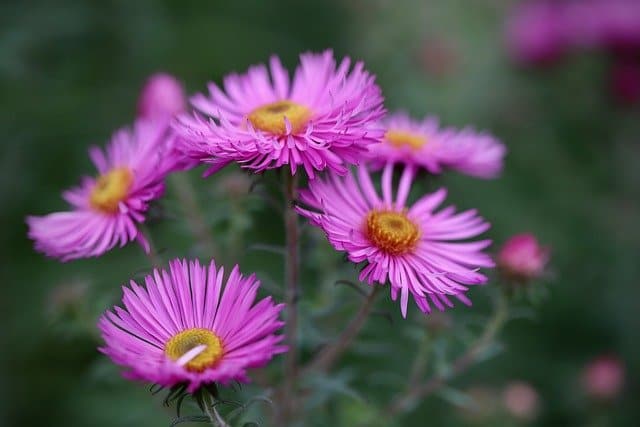
Asters are lovely fall-blooming perennials that can be planted in USDA Zones 3-9 by the end of August. They flourish in cooler temperatures and can survive light frosts. Plant them in well-drained soil where sunlight can reach them for at least six hours daily. Asters attract pollinators and add vibrant purple, blue, and pink hues to autumn gardens.
Snapdragons
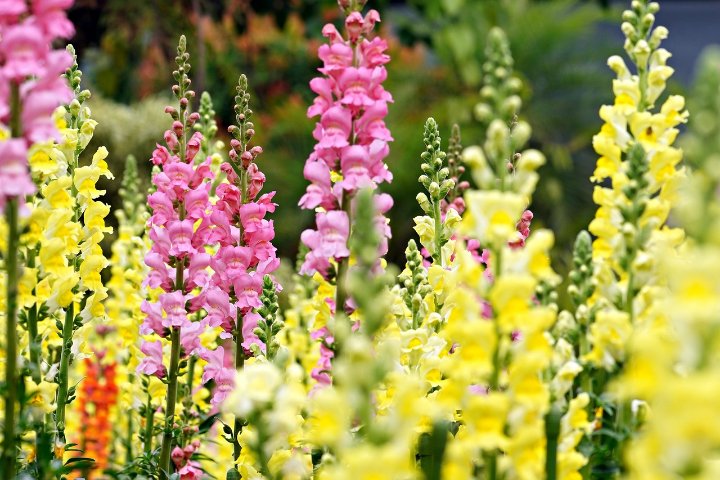
Snapdragons are excellent for late summer planting in USDA Zones 7-10. They can tolerate light frosts, preferring temperatures between 60°F and 75°F. These plants can be started from seeds or transplants, spaced 6 to 12 inches apart. With their unique dragon-shaped flowers, snapdragons offer a whimsical touch to any garden.
Calendula
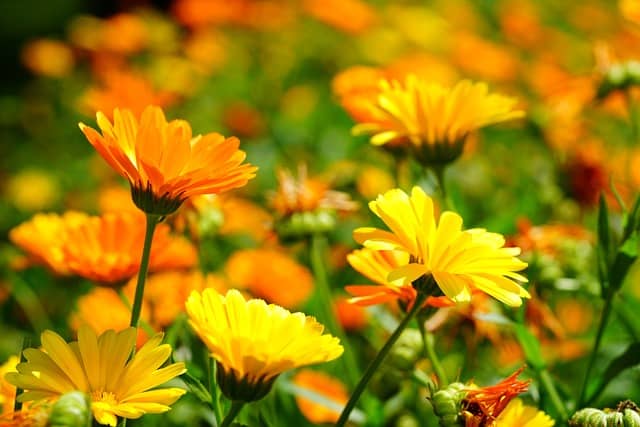
Calendula, with its cheerful, vibrant blooms, is perfect for August planting in USDA Zones 3-10. They tolerate cooler temperatures and can brighten up a garden in the fall. Direct sow seeds in well-drained soil about ½ inch deep and space them 10 to 12 inches apart. The flowers are not just beautiful but also edible, adding both nutrition and color to your dishes.
Sedum
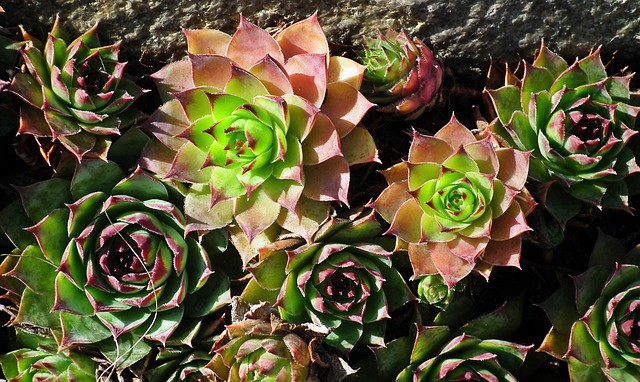
Sedum, or stonecrop, is a drought-tolerant succulent that can be planted at the end of August in USDA Zones 4-9. These resilient plants thrive in well-drained soil and can survive in temperatures ranging from 20°F to 80°F. Sedum blooms attract bees and butterflies and provide interesting texture to garden compositions during autumn.
Ornamental Kale
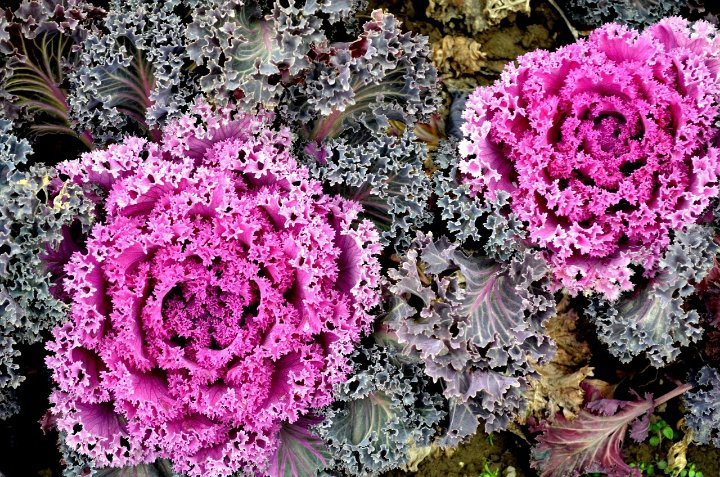
Ornamental kale provides vibrant color during the cooler months and is well-suited for USDA Zones 3-10 when planted in late August. It thrives best in temperatures between 40°F to 70°F. Plant it in well-drained soil and ensure it receives adequate sunlight. As a decorative garden plant, ornamental kale adds a unique twist to the fall landscape.
Black-Eyed Susans
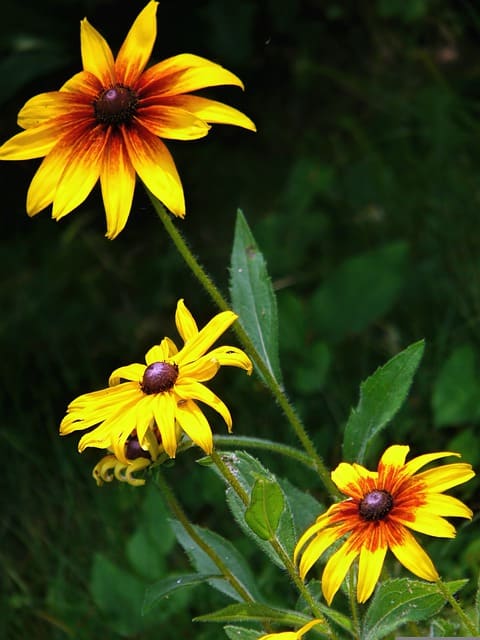
Black-eyed Susans are reliable perennials that provide bright yellow flowers from late summer through fall. Plant them in USDA Zones 3-9 toward the end of August. These hardy flowers can tolerate temperatures down to 0°F. Space the seedlings 1 to 2 feet apart in well-drained soil. They are not only attractive but also add ecological value by attracting pollinators.
Salvia
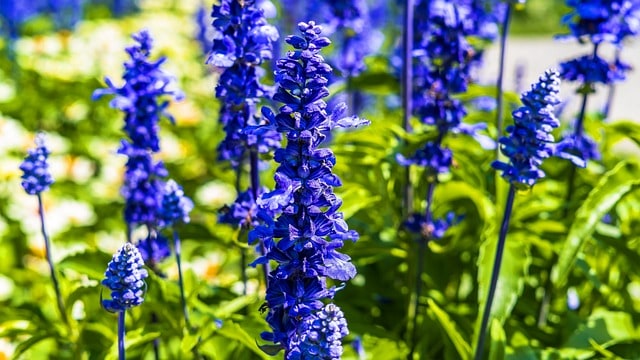
Salvia, also known as sage, can thrive when planted at the end of August, especially in USDA Zones 4-9. These plants prefer warmer temperatures but can withstand brief spells of cold weather. Plant them in well-drained soil, ensuring that each salvia plant has enough room to reach its full height of 1 to 3 feet. With long bloom cycles, they provide vibrant colors and fragrances.
Foxglove
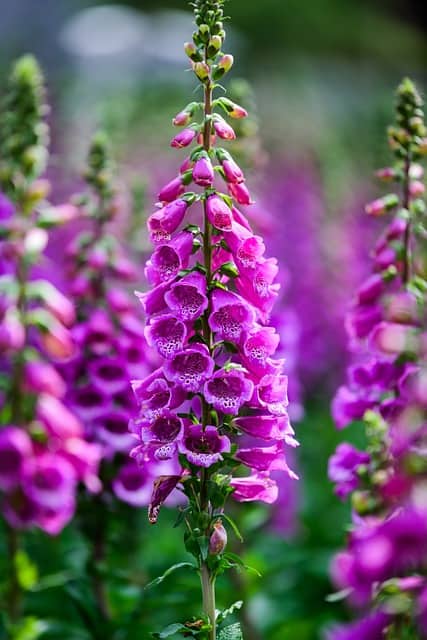
Foxglove is a biennial flower suitable for planting at the end of August, thriving in USDA Zones 4-9. It enjoys cooler temperatures and can survive spring frost. Plant seeds in well-drained soil, spaced around 12 inches apart. With their stunning trumpet-shaped flowers, foxgloves can be a dazzling focal point, attracting hummingbirds and bumblebees.
Herbs To Plant
Cilantro
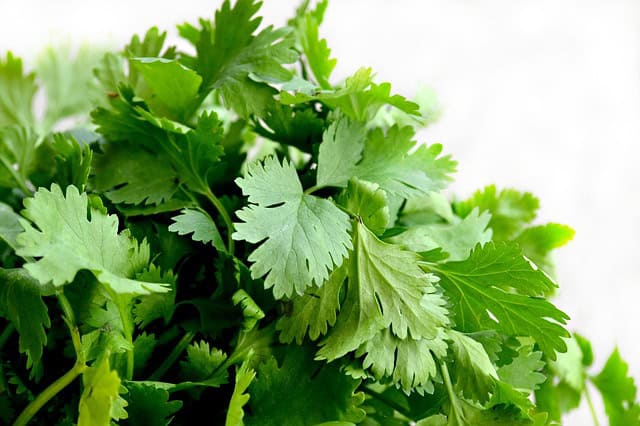
Cilantro is a cool-weather herb that can be planted in the garden through late August, particularly in USDA Zones 2-10. It prefers temperatures between 50°F to 70°F and can withstand a light frost. Direct sow seeds into well-drained soil, about 1-2 inches apart. Harvest the leaves before they bolt for the best flavor in salsas and salads.
Parsley
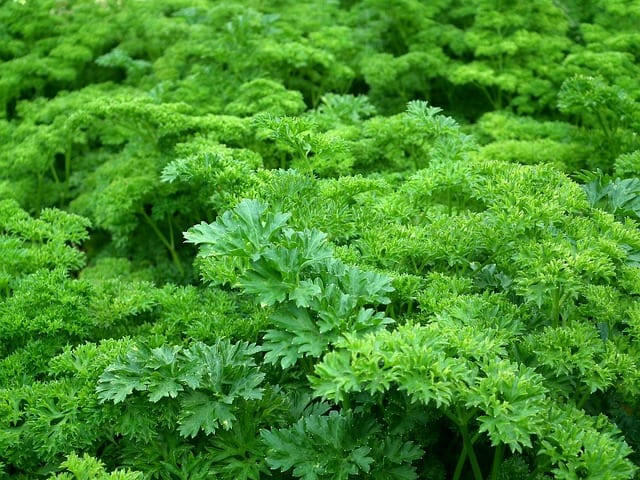
Parsley is a resilient herb perfect for planting at the end of August, especially in USDA Zones 3-9. It thrives in cooler temperatures and can withstand light frost. Plant parsley seeds directly in well-drained soil, spaced 6 to 8 inches apart. Harvest leaves as needed throughout the fall, and enjoy this herb’s robust flavor in various dishes.
Chives
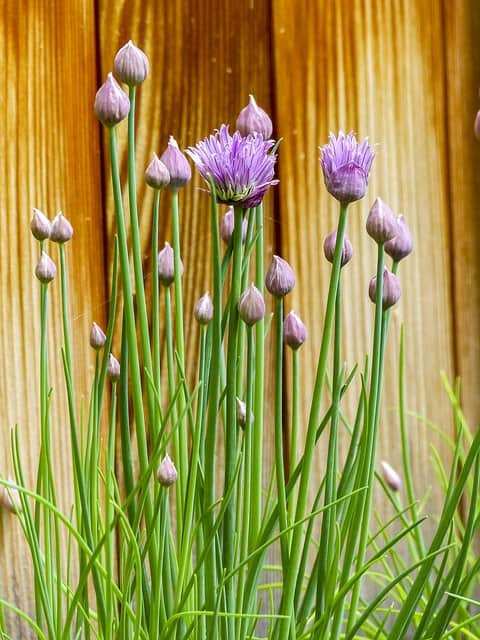
Chives can be planted toward the end of August in USDA Zones 3-9. They tolerate a range of temperatures but perform optimally in cooler weather. Space seeds or divisions about 6 inches apart in well-drained soil. With their mild onion flavor, chives can enhance salads and soups, and their vibrant purple flowers attract pollinators.
Dill
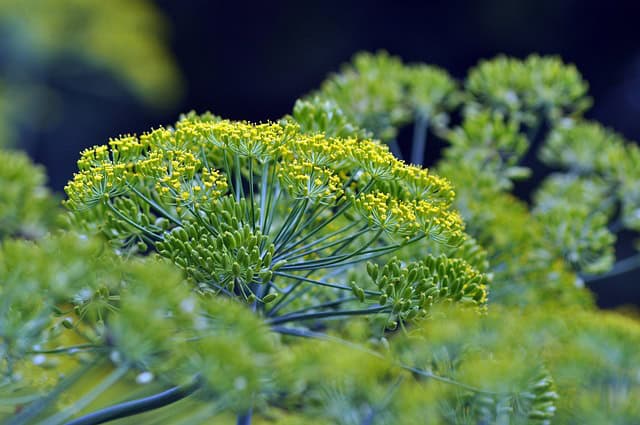
Dill is another herb suited for late-season planting in USDA Zones 3-10. It grows best in temperatures from 60°F to 70°F and can tolerate light frost. Sow seeds directly in the ground about ½ inch deep, spaced 6 to 12 inches apart. Dill enhances recipes ranging from pickles to fish dishes, and its fragrant foliage can also attract beneficial insects.
Oregano
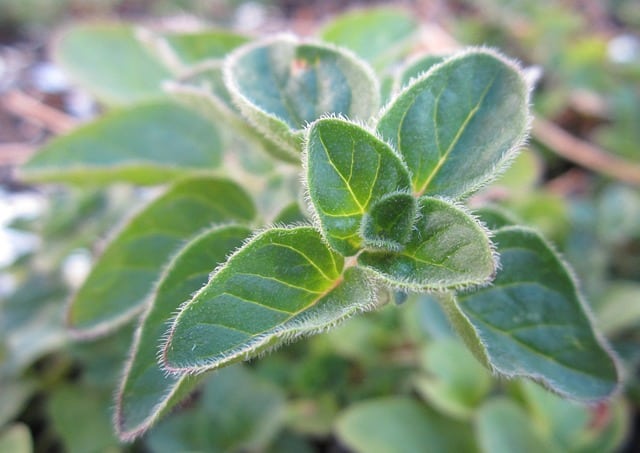
Oregano is a hardy perennial herb that grows well when planted in August, particularly in USDA Zones 5-10. It can manage temperatures from 40°F to 90°F. Plant it in well-draining soil, spaced about 1-2 feet apart. This aromatic herb is a staple in Mediterranean cooking and also attracts pollinators to your garden.
Mint
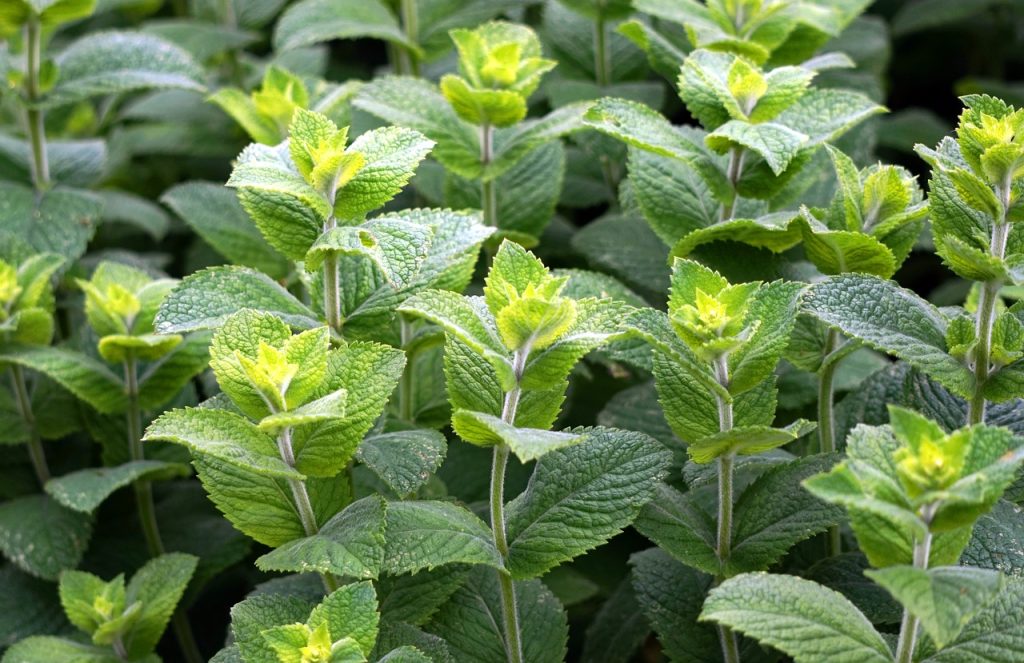
Mint is a vigorous herb that can be planted at the end of August in USDA Zones 3-10. While it thrives in cooler temperatures, it can survive frost as well. Plant mint in containers or patches, ensuring that you give it plenty of space to spread. This perennial herb is perfect for refreshing teas and cocktails, adding a distinct flavor and aroma.
Thyme
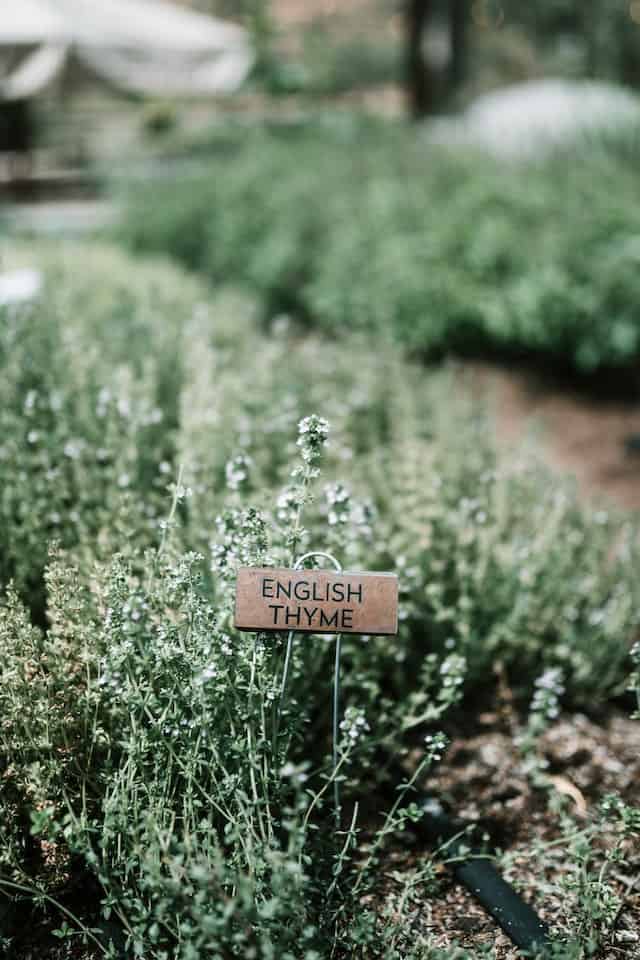
Thyme is an aromatic herb well-suited for planting in late August, particularly in USDA Zones 4-9. It thrives in temperatures between 50°F and 80°F and can handle light frost. Plant seeds or divisions in well-drained soil, spacing them roughly 12 inches apart. Thyme’s robust flavor makes it a favorite in culinary dishes and a great addition to herb gardens.
Sage
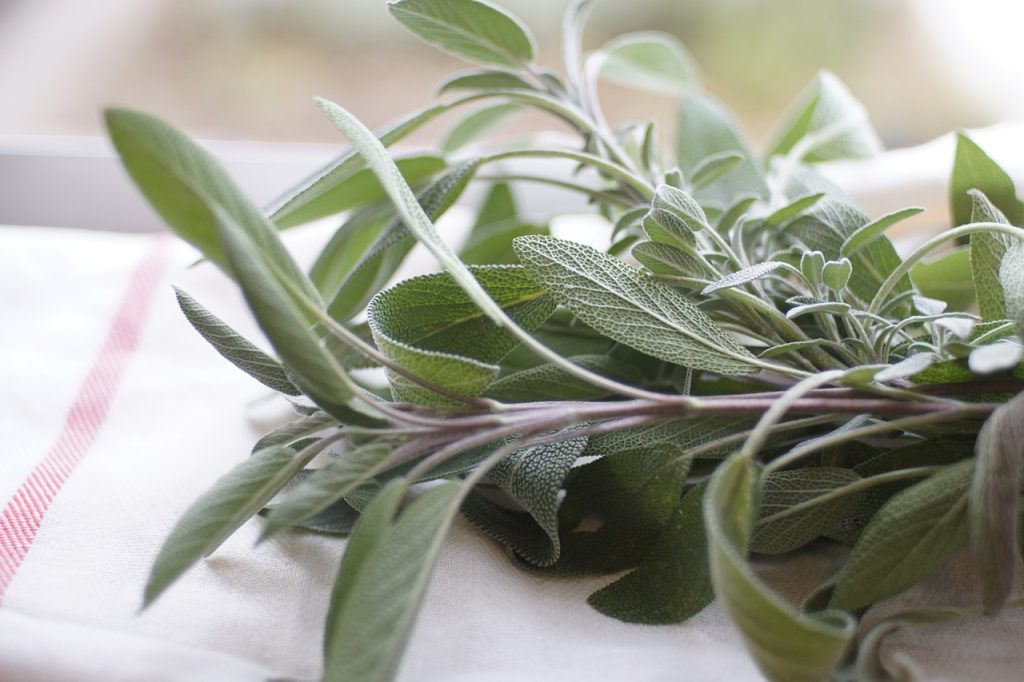
Sage can be planted in late August in USDA Zones 3-10. It thrives in temperatures from 60°F to 75°F and can withstand light freezes. Plant sage in well-drained soil, spaced about 2 feet apart. This herb has a robust flavor that complements meats and stews, and it is highly valued for its culinary versatility.
Fennel
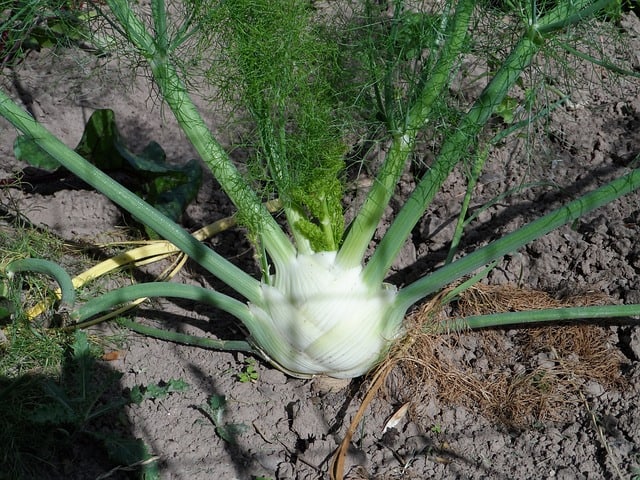
Fennel is an exceptional herb that should be planted in late August in USDA Zones 5-9. It prefers cooler growing conditions but can tolerate temperatures as low as 20°F. Sow seeds directly in the garden at a depth of ¼ inch, ensuring they are spaced about 12 inches apart. Fennel’s unique flavor adds a distinctive twist to salads and Mediterranean dishes.
Lemon Balm
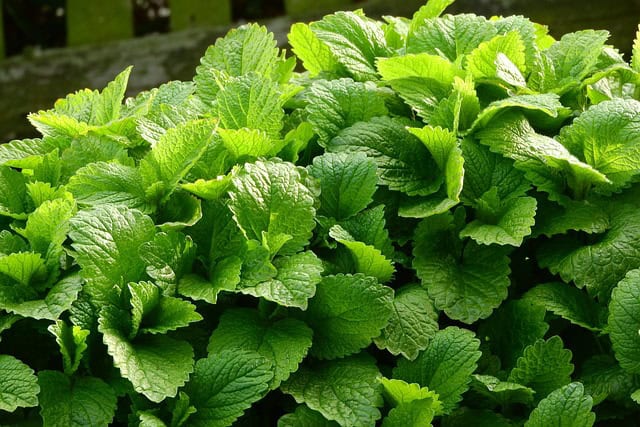
Lemon balm is a delightful herb that can be planted at the end of August, suitable for USDA Zones 4-9. It thrives in cooler temperatures and can tolerate light frost. Plant lemon balm in a sunny location with well-drained soil, spacing the plants about 12 inches apart. With its uplifting lemon scent, this herb works well in teas and infusions.
Landscape Plants To Plant
Oak Tree

Oak trees are strong and resilient, suitable for planting in USDA Zones 3-9 at the end of August. They can tolerate a wide range of temperatures, from -30°F to 100°F. Oak trees are long-lived and provide excellent shade and habitat for wildlife. Plan for their eventual size, ensuring they have enough room to spread their branches, typically growing 60-80 feet tall.
Hydrangea
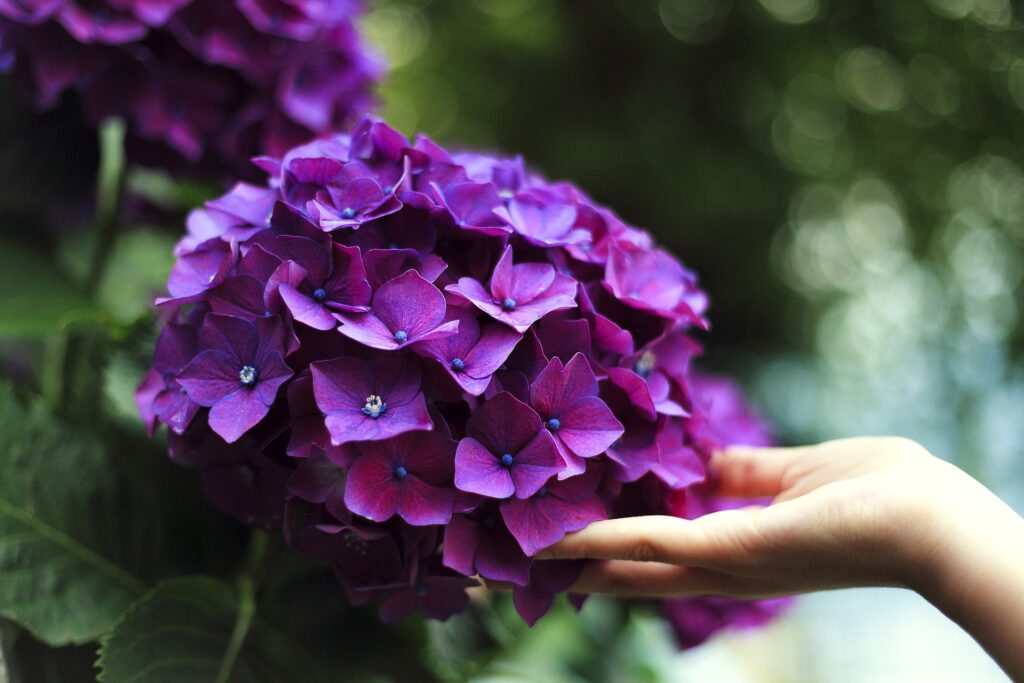
Hydrangeas are beautiful flowering shrubs that can be planted at the end of August in USDA Zones 3-9. They thrive in climates with moderate to warm temperatures, ideally between 55°F to 85°F. Ensure they are planted in well-drained soil and receive partial sun. With their stunning blooms that last well into the fall, hydrangeas bring vibrant colors to any landscape.
Coneflower
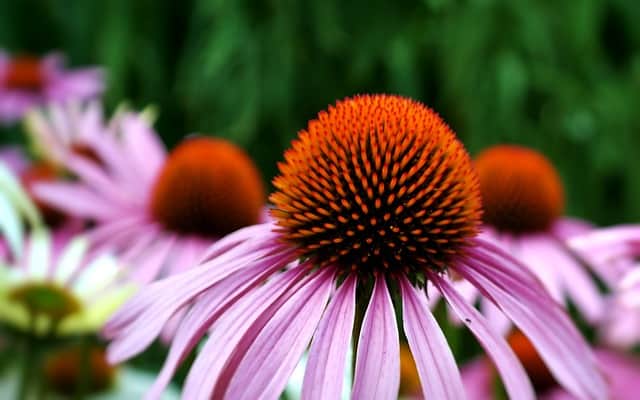
Coneflowers, or Echinacea, are hardy perennials best planted at the end of August in USDA Zones 3-9. They can survive temperatures from 30°F to 90°F. Plant them in well-drained soil with full sun exposure, spaced about 12-18 inches apart. These drought-tolerant flowers not only attract pollinators but also provide lasting beauty with their large, daisy-like blooms.
Black Lace Elderberry
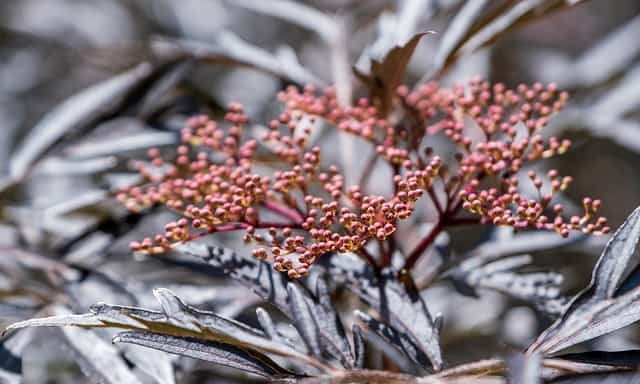
Black Lace Elderberry is a unique shrub that can be planted at the end of August in USDA Zones 4-7. It thrives in temperatures from -20°F to 80°F and prefers well-drained soil with partial shade to full sun. Known for its dark foliage and stunning pink flowers, this shrub brings a dramatic touch to landscape designs and can also yield fruits that are used for syrups and jams.
Boxwood
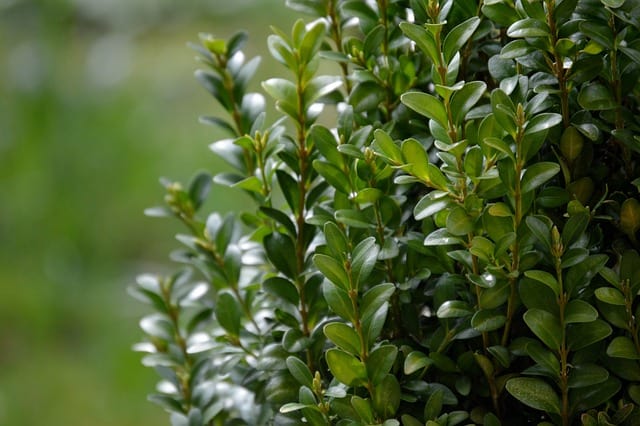
Boxwood is a popular evergreen shrub suitable for planting at the end of August in USDA Zones 5-9. It can endure a range of temperatures from -10°F to 90°F. These low-maintenance plants thrive in well-drained soil and can be pruned to various shapes, making them perfect for hedges or focal points in gardens.
Japanese Maple
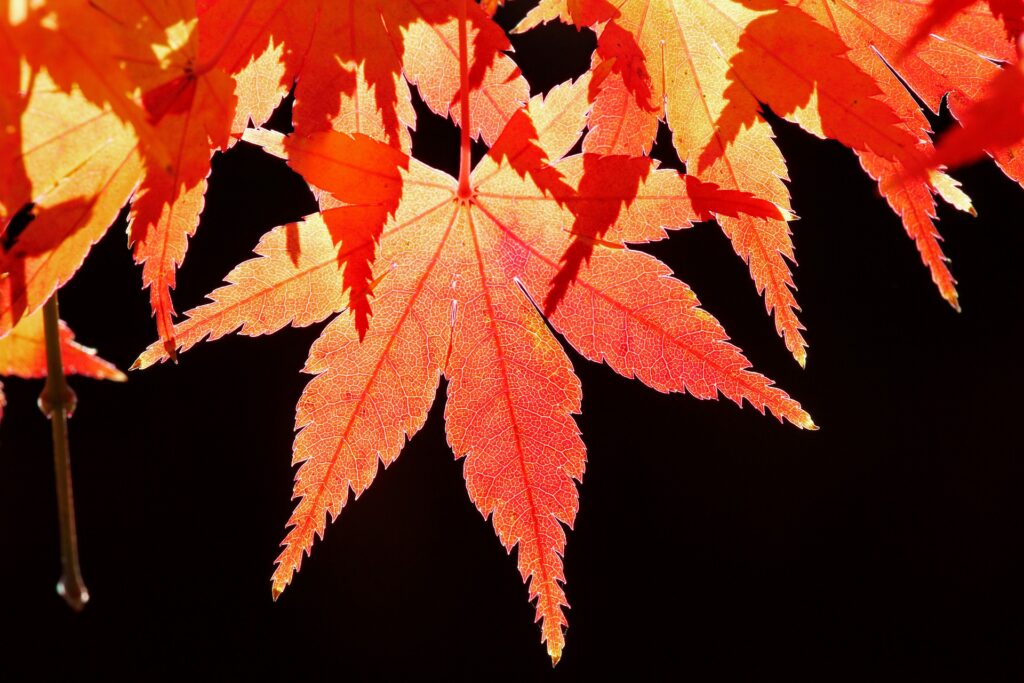
Japanese Maple is a treasured specimen tree best planted in USDA Zones 5-8 before the summer heat recedes. These trees prefer temperatures ranging from 60°F to 75°F, flourishing in well-drained, nutrient-rich soil. Their delicate foliage brings elegance to any landscape, showcasing beautiful reds and purples in the fall.
Daylily
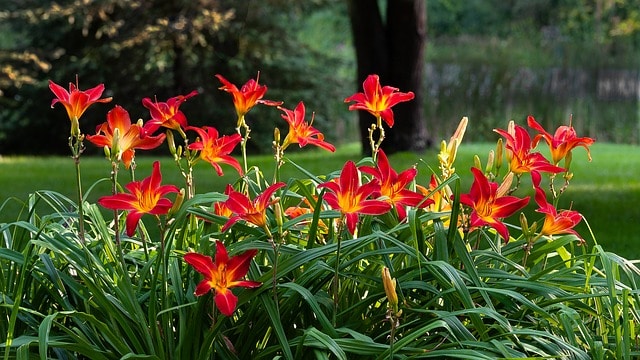
Daylilies are resilient perennials that can be planted at the end of August in USDA Zones 3-9. They thrive in a range of temperatures, from -30°F to 100°F. Plant daylilies in well-drained soil, providing sunlight for at least six hours a day. Their bright, colorful blooms, which are also edible, can easily enhance the beauty of any garden space.
Butterfly Bush
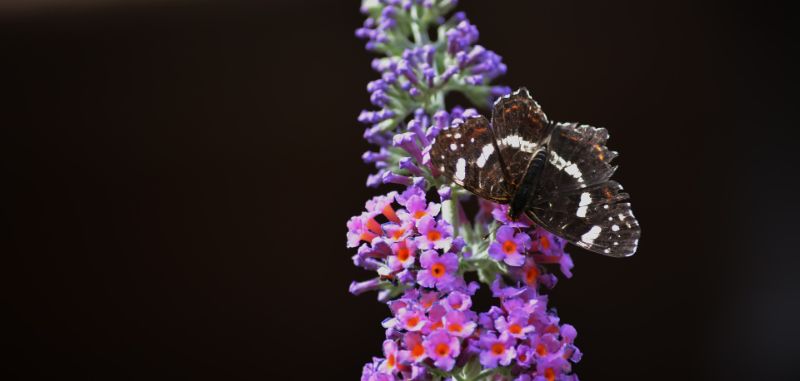
Butterfly bushes can be planted in late summer months and are well-suited for USDA Zones 5-9. They thrive best in warm temperatures between 70°F to 90°F. Ensure proper drainage by planting them in amended soil, spaced about 3-4 feet apart. Their fragrant blooms attract butterflies and pollinators alike, contributing both beauty and biodiversity to your garden.
Perennial Geranium
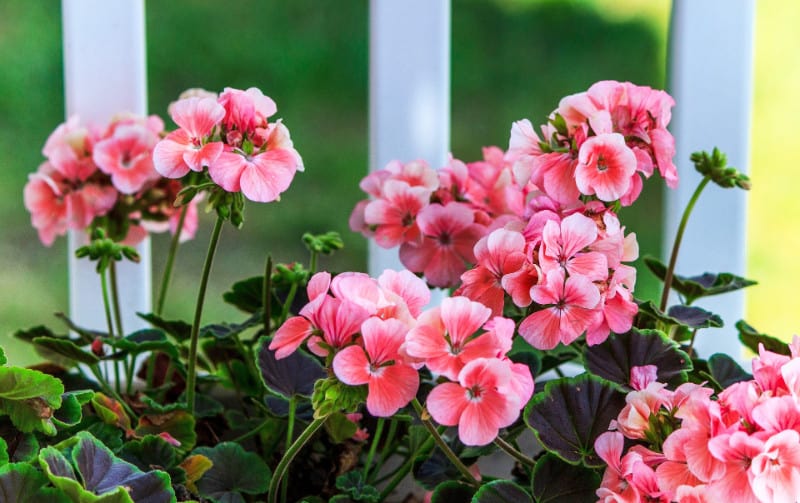
Perennial geraniums can provide beautiful ground cover and blooms. Plant them in late August in USDA Zones 3-8. They prefer well-drained soil and moderate temperatures ranging from 50°F to 75°F. With their long blooming period and low-maintenance requirements, these hardy plants make excellent additions to flower borders or shaded areas.





